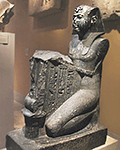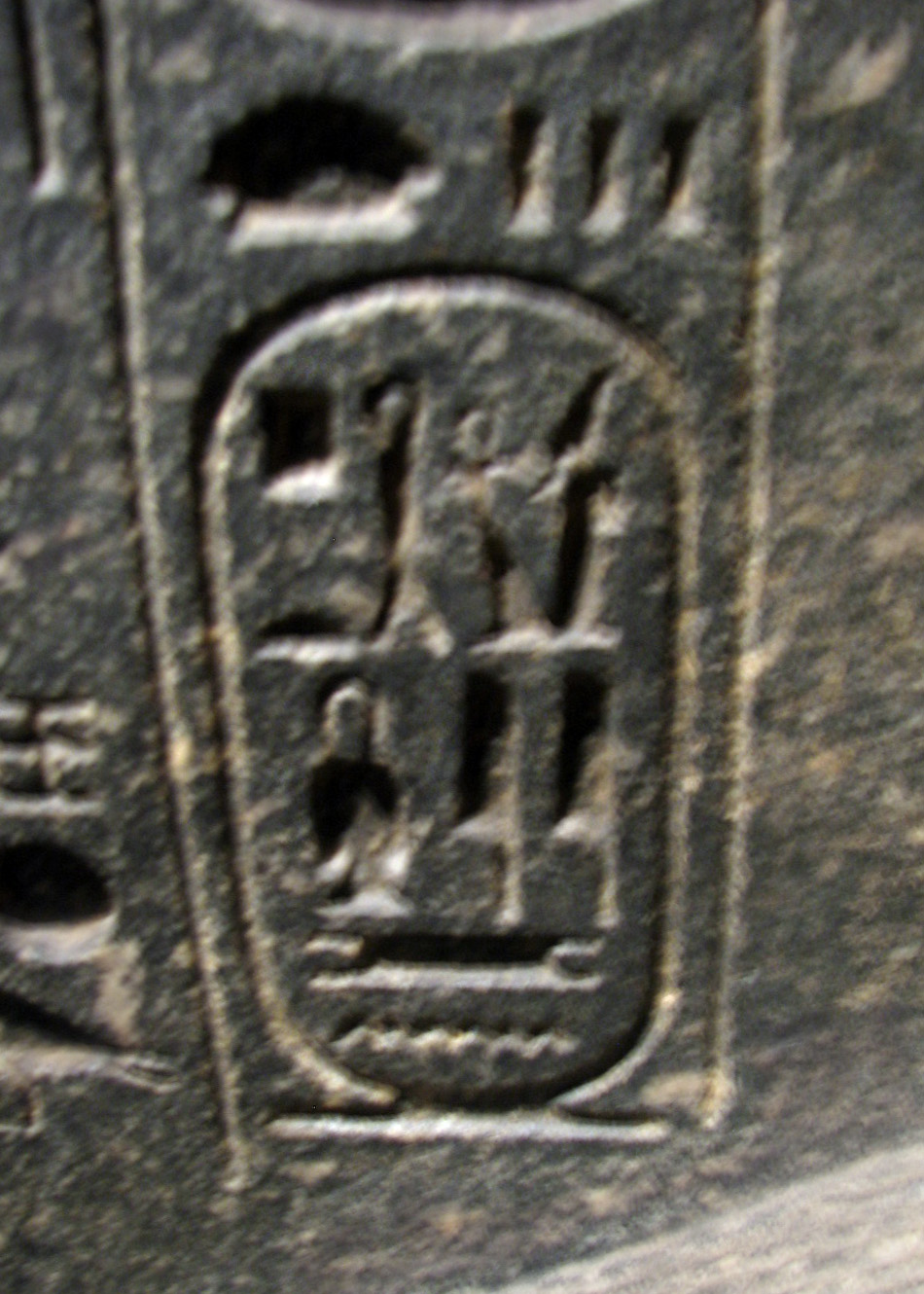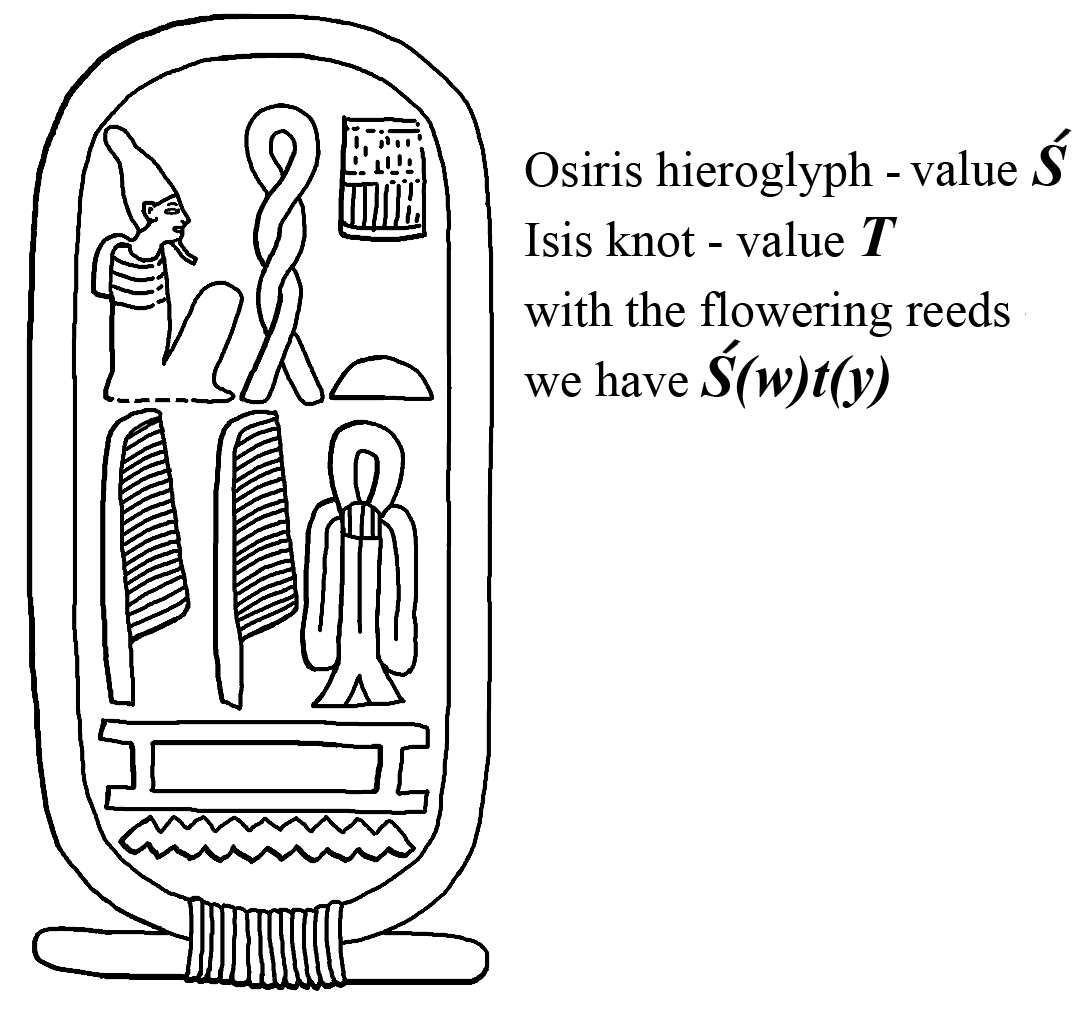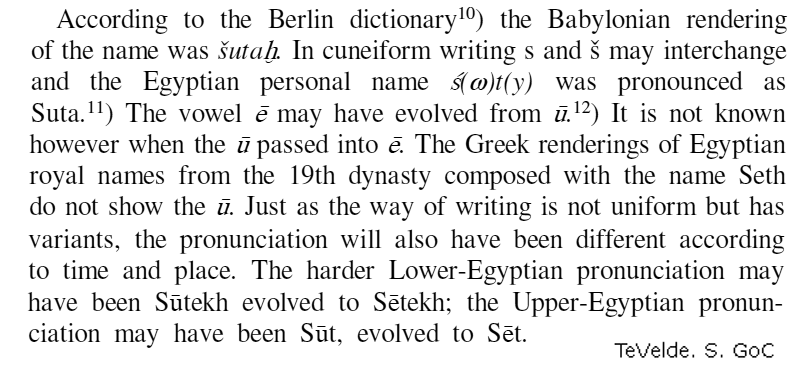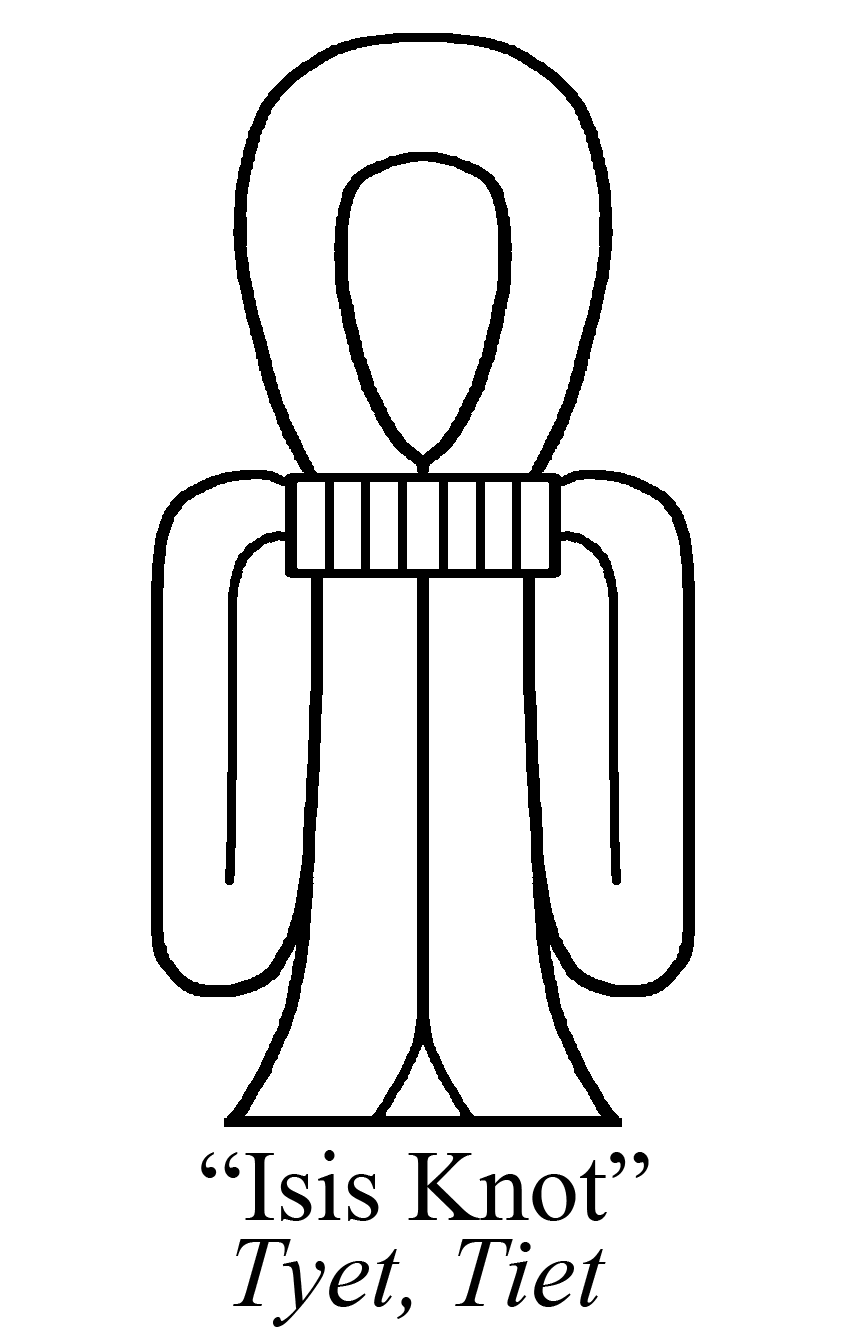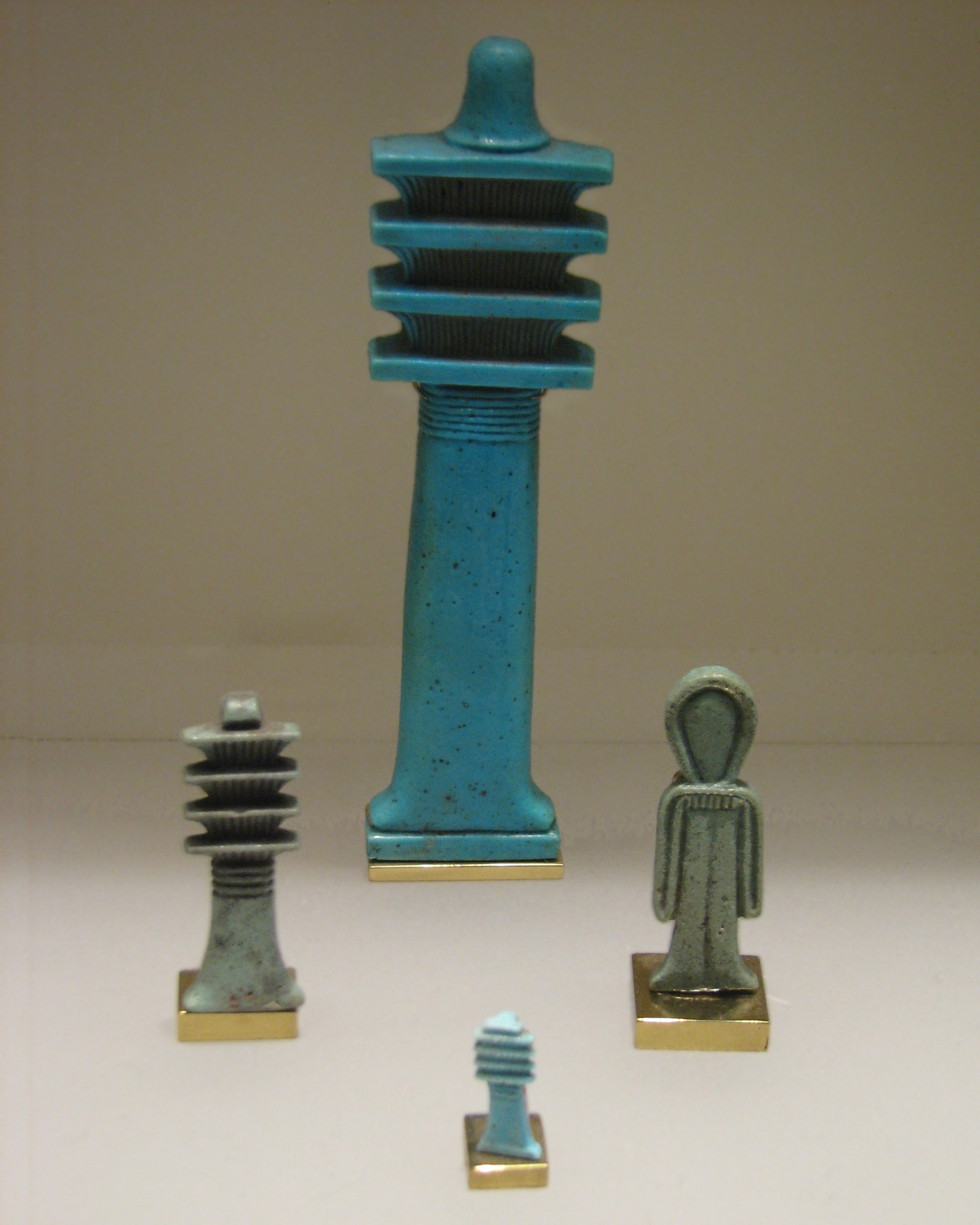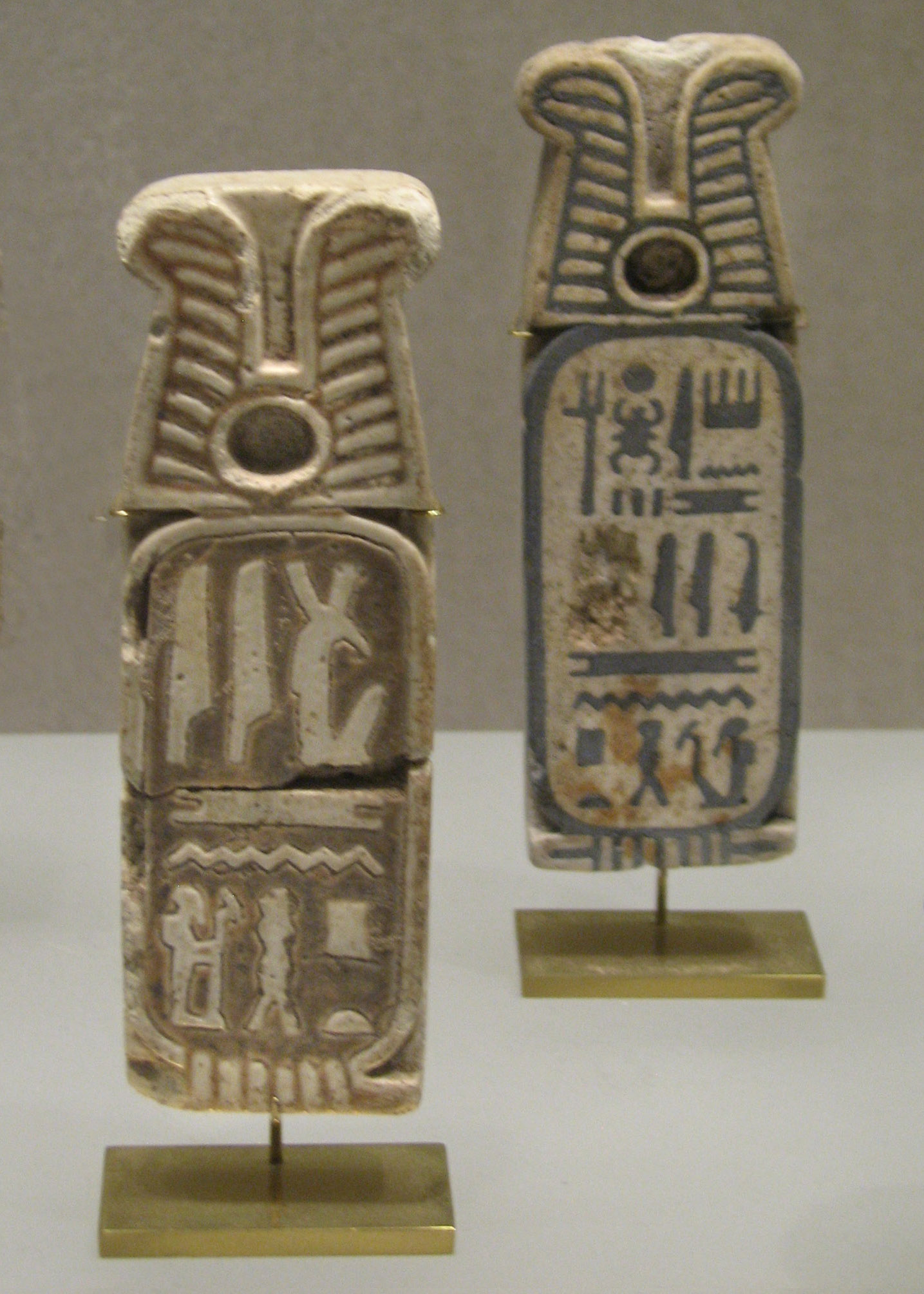
Two faience tiles inlaid with Seti II's throne names
New Kingdom, late Dynasty 19, reign of Seti II, c.1237-1200 B.C.E.
Purchase, Dulaney Logan Gift, 1967
1: Height 13.4 cm (5 1/4 in), MMA 67.161.1
2: Height 13.9 cm (5 1/2 in), MMA 67.161.2
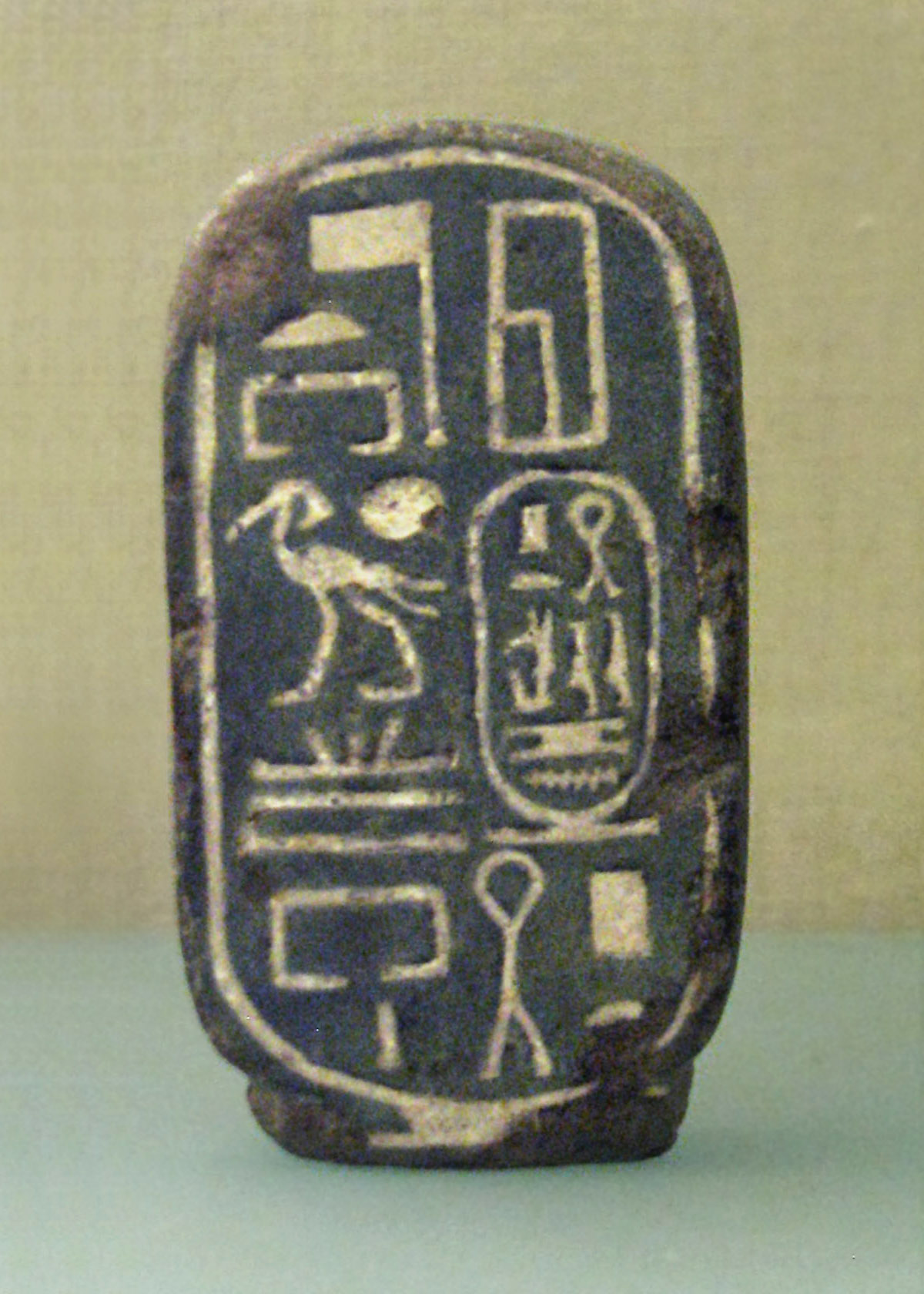
Steatite scarab inscribed with the names of Seti II, late Dynasty 19, c.1237-1200 B.C.
Metropolitan Museum, under 2 inches?
Or is it Seti I's as the info card indicates? But the cartouche has 'Merenptah', not 'Meriptah'.)

From Budge's Dictionary

Seti II cartouche, also from Budge
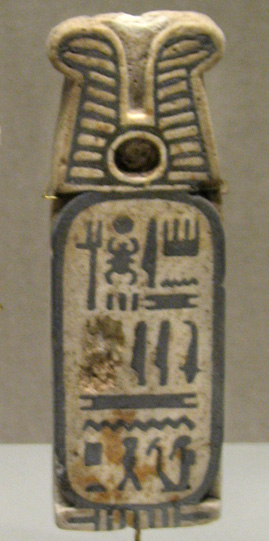


Wilkinson explains about the brazier:
"Because fire appears to have a life of its own, it may represent life itself - as when the Egyptian king kindled a new flame in his sed (*O23) or jubilee festival. Living fire was embodied in the sun and in its emblem the 'fire-spitting' uraeus(*I12)..." (page 161)
Hmmm, if that hieroglyph to the right of the 2 'meri' hieroglyphs is the 'khet' hieroglyph, it may be an adjective for Set, as Set has associations with the flame-like "uraeus which proceeded from Seth, The uraeus which moves back and forth..." (from utterance 570 of the Pyramid Texts).
Several pharoahs had Set as part of their name, Seti I (also spelled Sety I, Sethos I), Seti II (also spelled Sety II, Sethos II), and Setnakt (also spelled Setnakht, Setnakhte). Seti means "of Set", which indicates that he was consecrated to the god Set, otherwise rendered "Man-of-Set" Setnakt means "Set is strong". Therefore, one of their cartouches is usually a good opportunity for a small Set find. Usually!
When it's not, it isn't always because someone disfavoring Set got busy with his destructive tools. It's because Seti I's name was occasionally rendered very differently. Most of Seti I's cartouches feature the usual rendering:
